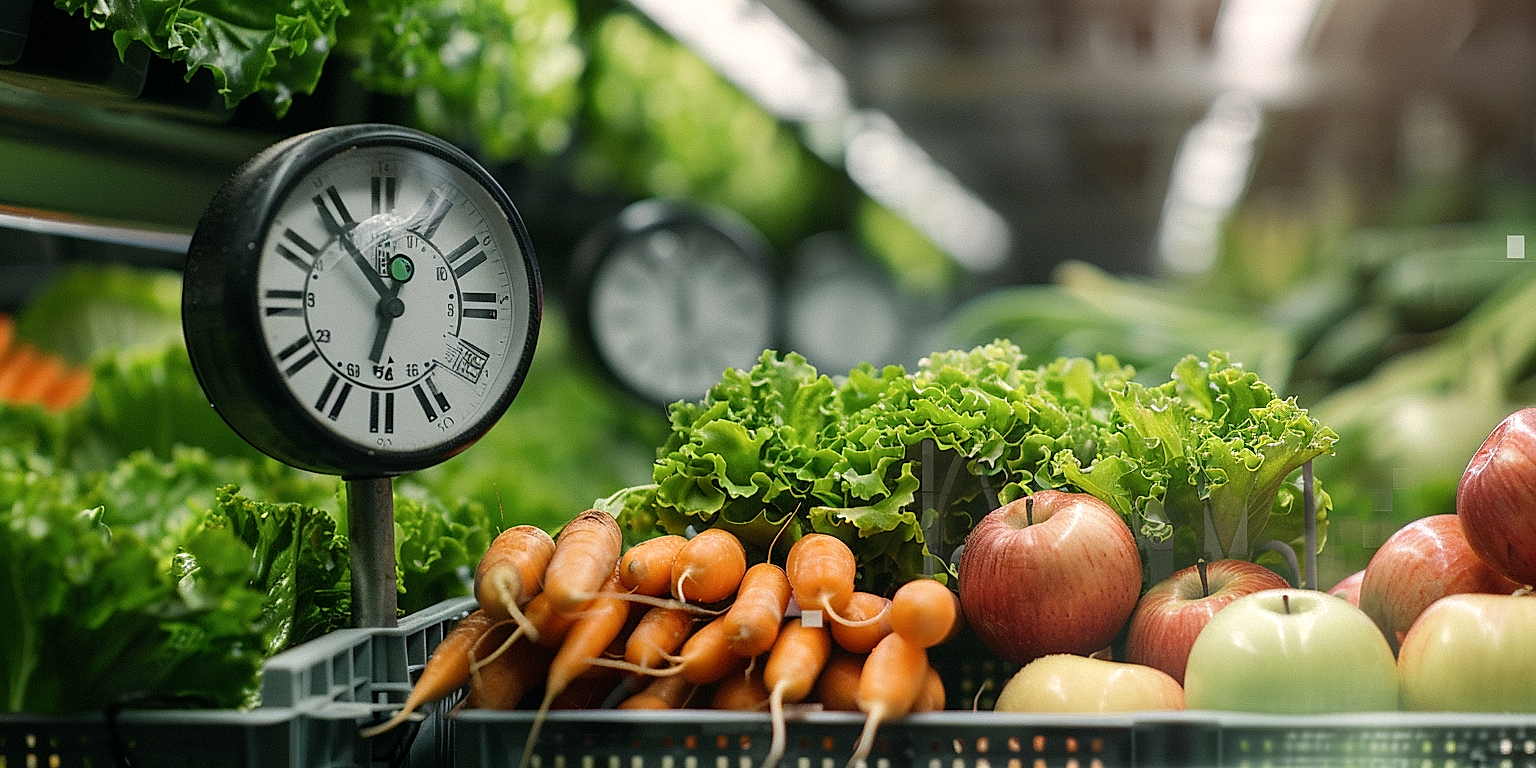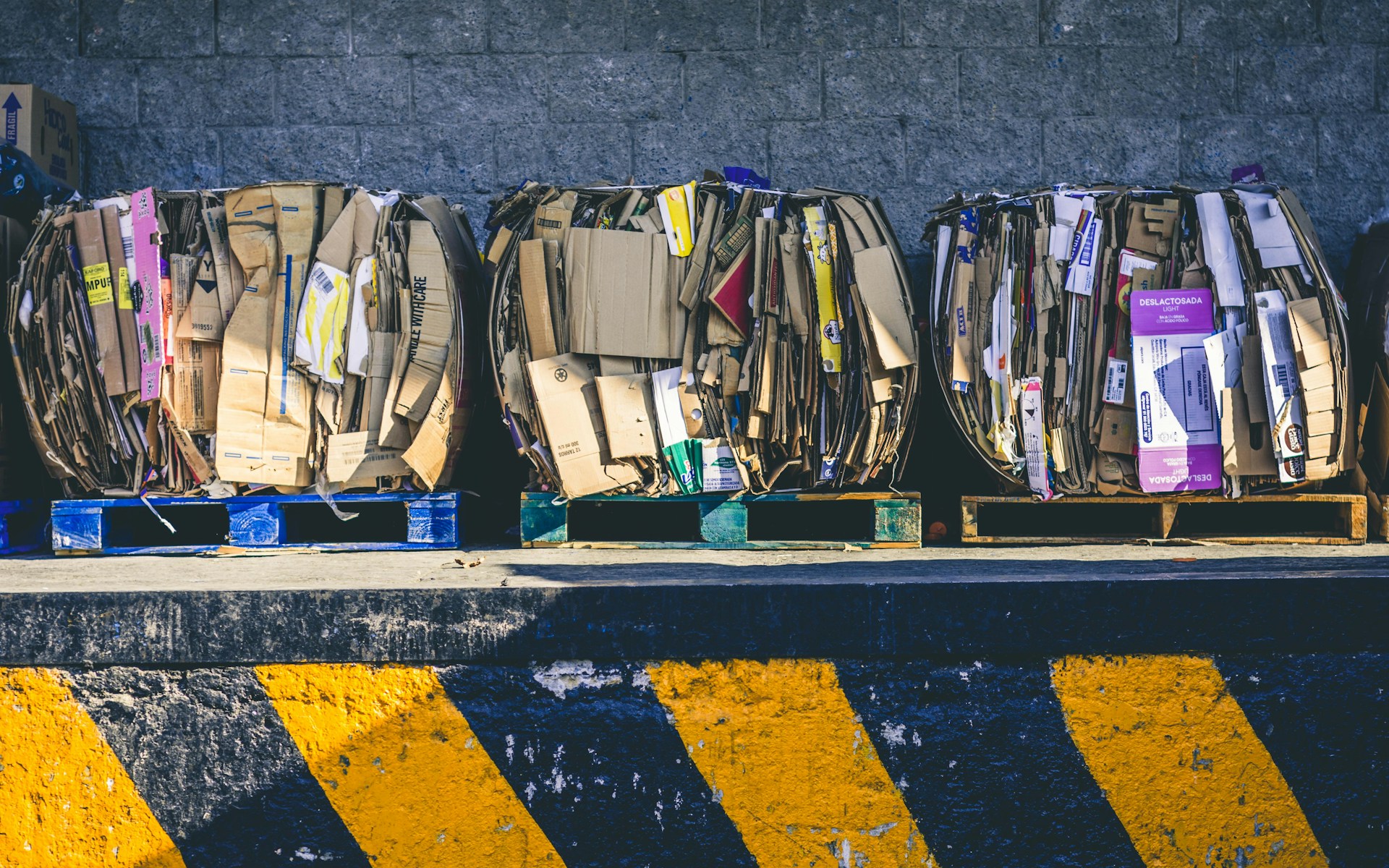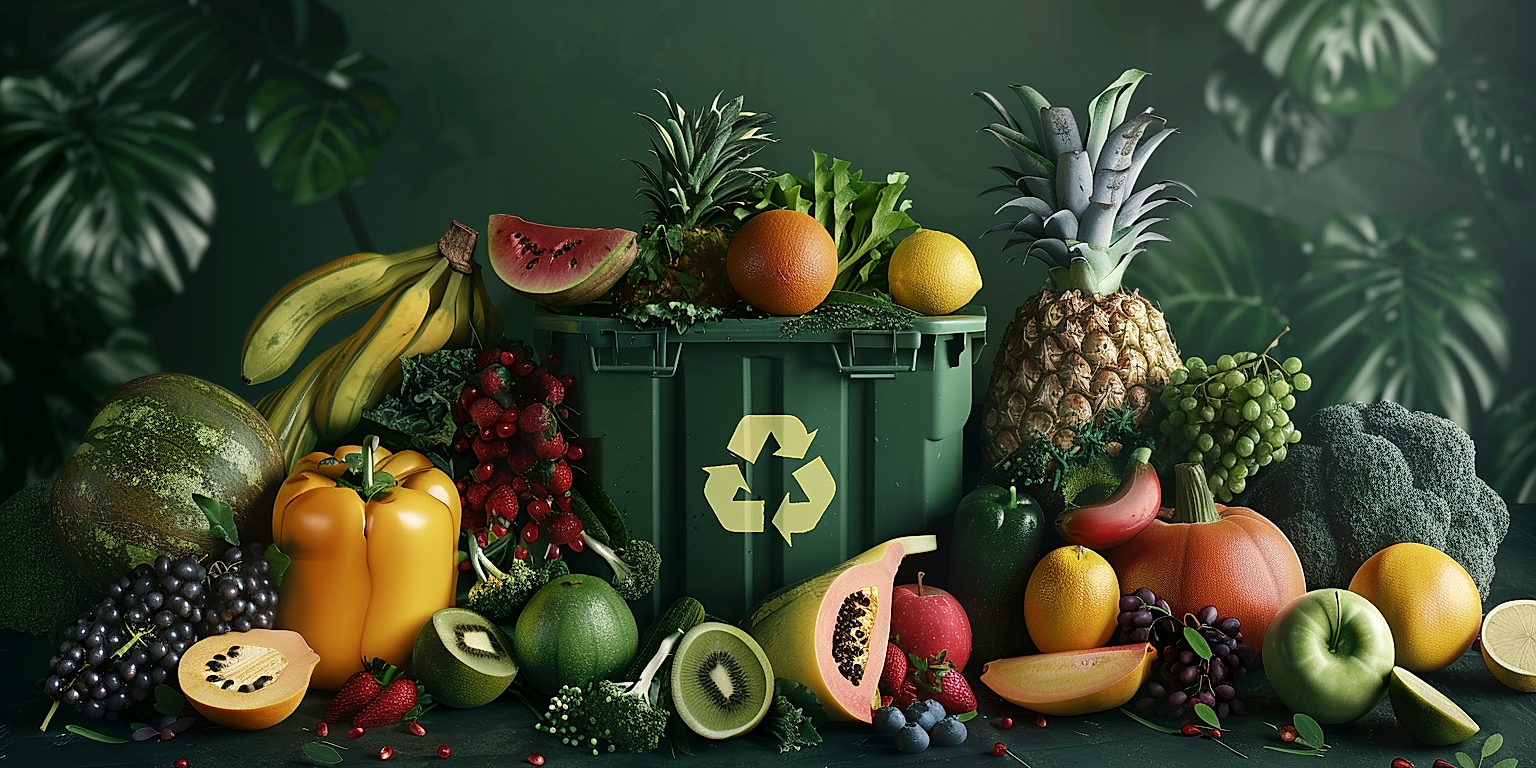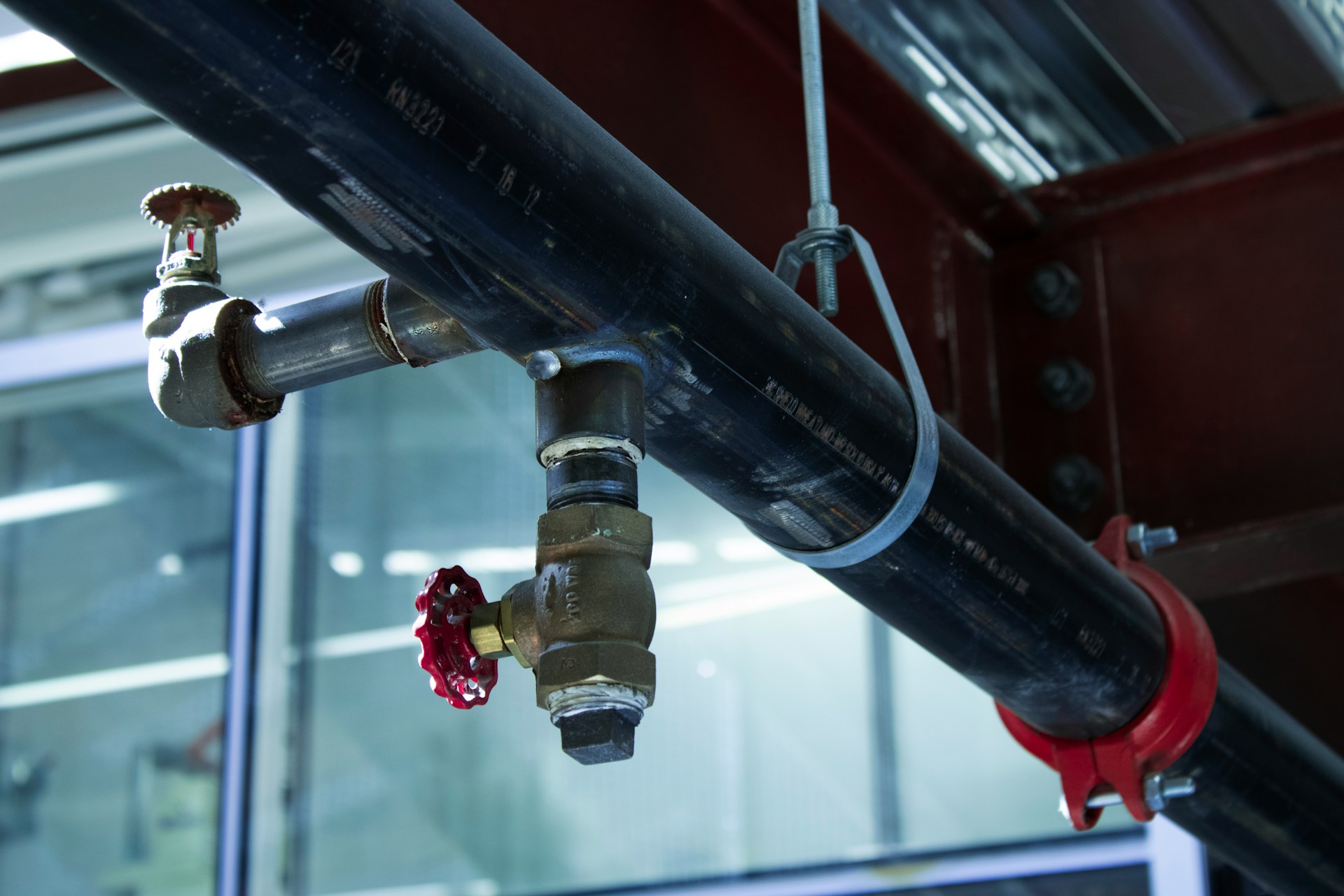Addressing waste in produce processing is a critical environmental and economic issue.
As we confront the reality of finite resources, it becomes progressively crucial to utilize strategies that reduce waste and promote sustainability.
This practice not only lessens our impact on the environment but also enhances business efficiency and profit margins.
In this context, the adoption of methods for waste reduction in the processing of fruits and vegetables becomes all the more important.
Various techniques exist that not only minimize wastage but also contribute to achieving greater sustainability.
In this article, we delve into these practices, exploring their implementation and benefits.
Contents
Strategies For Reducing Waste In Produce Processing
1. Implement sustainable packaging methods
The journey towards reducing waste in produce processing can take a significant leap forward by implementing sustainable packaging methods.
It is crucial to understand that the packaging process plays a vital role in the overall waste production of the food industry.
Historically, packaging methods have been designed primarily for the convenience and aesthetic appeal, without giving due consideration to their environmental impact.
However, with rising awareness and concern for the environment, it has become imperative for food companies to rethink their packaging strategies and introduce more sustainable alternatives.
For instance, edible packaging made from foods and food byproducts is gaining popularity and can significantly minimize post-consumer waste.
Shifting towards more eco-friendly and sustainable packaging options not only reduces the carbon footprint, but also adds value to the brand by catering to the growing community of environmentally conscious consumers.
The use of plant-based biodegradable packaging items, such as those made from cornstarch or bamboo, can help mitigate the negative environmental impact caused by traditional plastic packaging.
Consider the introduction of returnable packaging systems, where consumers are incentivized to return their used packaging for reusing or recycling.
This approach not only limits the waste but instills a strong sense of environmental responsibility in the consumers.
Another optimal solution is to reduce the overall packaging in the produce processing industry.
By simply using smaller labels or reducing the size of the packaging can result in a significant reduction in the demand for packaging materials.
Sustainable packaging should also focus on conserving resources during the manufacturing process, for example, by using renewable energy sources and minimizing water use.
Research and development of new sustainable materials and packaging technologies should also be a priority in the produce processing industry’s approach towards decreasing waste.
Also, remember that sustainable packaging does not stop at the consumer level but continues in the form of recycling and composting.
Food companies must take the responsibility to educate consumers about disposing of sustainable packaging properly to ensure its effectiveness.
Furthermore, industry collaborations can provide a platform for sharing successful packaging strategies and innovations, ultimately leading to a more sustainable future for the entire industry.
2. Efficient Inventory Management Systems
In the realm of produce processing, efficient inventory management systems can play a key role in reducing waste.
Overstocking raw materials like apples or tomatoes often leads to decay before they can be utilised, creating unnecessary waste.
Advanced inventory management systems, including digital and AI solutions, can streamline the procurement process to ensure that fresh produce is processed at optimal points in their ripeness cycle.
These systems allow for real-time updates, accurate forecasting, and efficient inventory turnover, thereby reducing spoilage and waste in the processing stage.
Another advantage of efficient inventory management systems is the capability to monitor the storage conditions of fresh produce.
By maintaining optimal storage temperature and humidity levels, the shelf life of raw materials can be extended, significantly reducing waste due to spoilage.
Moreover, with robust tracking mechanisms, these systems help to prevent food safety issues by enabling traceability and quick recall of contaminated produce.
Arranging the storage of produce according to the FIFO rule (First In, First Out) is another strategy used in inventory management to reduce waste.
Inventory managers can use digital tools to track the age of inventory and make sure that older stock is used before fresher deliveries.
Adopting an efficient inventory management system is not just about implementing the right technology.
It also requires proper training for your staff who handle the inventory on the ground.
This ensures that they understand the processes and strategies required for effective inventory management and are equipped to execute them properly.
Finally, consistent monitoring and analyzing of inventory data can help managers identify opportunities for further improvement and reduction of waste.
By identifying patterns in stock movement, managers can optimize inventory levels and avoid overstocking or understocking fresh produce.
Through these steps and strategies, efficient inventory management systems can make a significant contribution to reducing waste in produce processing.
3. Optimize farming with technology.
The use of technology in farming holds potential in significantly reducing waste which begins at the cultivation stage of agriculture.
By implementing precision farming methods, which include the use of Global Positioning System (GPS), sensors, and automation, a farmer can optimize and manage resources better.
The application of AI-driven technologies can analyze soil conditions, provide real-time crop health updates, and predict potential pest attacks, all of which will enable better decision-making and minimize waste.
Automated irrigation systems are another excellent example of how technology can help reduce waste in produce processing.
These systems use sensors and timing equipment to ensure that each plant receives the optimal amount of water needed, this not only conserves water but ensures a healthy yield.
Moreover, technology can help in improving the crop yield and conversely the quality of crops, by using plant genetics and breeding software.
This allows farmers to produce crops that are disease-resistant and grow uniformly, further reducing the risk of discarding damaged or irregular produce.
Additionally, drones and robots are making their way into the agricultural scene, providing more accurate and efficient farming techniques, including precise harvesting, reducing the chances of damaging crops.
Through Agricultural Information Management Systems, farmers can record, analyze, and manage information about their farm to better plan and optimize their farming strategy.
The integration of these systems enables farmers to easily monitor and control different agricultural processes, providing significant decrease in waste.
For instance, using the data offered by these systems, farmers can forecast the right time to harvest their crops, which may lead to less waste in post-harvest handling.
Technology also provides an opportunity to bridge the informational gap between farmers and produce processors, by connecting them through a shared platform where they could exchange valuable information to optimize the process and minimize waste.
Additionally, farmers can use technology to align their produce with market demand by analyzing data and trends, thus reducing overproduction and consequently waste.
By embracing technology, farmers can optimize their farming methods to produce higher quality crops that resonate with market demand, hence, eliminating wastes in multiple stages of the agricultural process.
4. Reuse or Donate Food Waste
One of the most effective strategies for reducing waste in produce processing is the idea of reusing or donating food waste.
The basis of this strategy lies in the principle of the food recovery hierarchy, which prioritizes different actions to prevent and divert wasted food.
This hierarchy emphasizes that the most preferred method is source reduction, followed by feeding hungry people, feeding animals, industrial uses, composting, and finally, landfill or incineration.
Many times, produce processing generates a significant amount of food waste, that in most cases, is still suitable for human consumption.
>This misutilized food could be used to feed underprivileged communities, homeless shelters, food banks, and in certain cases, it can even be used to feed farm animals, thus reducing food waste to a significant extent.
However, for the actualization of this strategy, there is a critical need for coordination among produce processors, food recovery organizations and regulatory agencies.
It’s important for the legal implications of such donations to be well understood, in order to avoid infraction of health and safety laws.
Many governments have policies and incentives, including significant tax benefits, in place to encourage the donation of food waste.
In addition to donation, another method of reducing food waste is to reuse it in innovative ways.
This can involve converting food waste into bioenergy, such as ethanol, or using it in the creation of commercial products like biodiesel, organic soap, and natural fertilizers.
Moreover, food waste can also be used for composting, producing nutrient-rich soil that can be used to improve crop yields and soil health.
While these methods may require some initial investment, they have the potential of turning food waste from a cost burden into a profitable resource.
It’s important to analyze the economic viability of such methods, including the cost of processing and the potential return on investment, before implementing them.
Adopting effective food waste reduction strategies not only bring significant environmental benefits, but can also help businesses to improve their sustainability practices and increase profitability.
Overall, strategies for reusing or donating food waste should be seen as a key part of any effort to reduce waste in produce processing.
5. Enhance Product Shelf-life Techniques.
One fundamental method that is crucial for reducing waste in produce processing is the enhancement of product shelf-life techniques.
Product shelf-life essentially refers to the timeframe in which a product remains safe and fit for consumption.
Therefore, by enhancing shelf-life techniques, we not only provide a longer window for consumers to use the product, but also reduce the likelihood of it being discarded prematurely due to spoilage.
This becomes a direct strategy for waste reduction.
The enhancement of these techniques can be achieved through different methods. A widespread approach is by utilizing technological advancements in disease control and post-harvest handling techniques.
These methods include refrigeration systems, thermal treatments, and chemical applications that disinfect and retard spoilage rates.
Another technique involves the improvement of packaging methods.
Research indicates that active packaging such as the use of antimicrobial films or substances, can potentially extend the shelf-life of produce.
Moreover, the awareness and education of consumers play a vital role.
Consumers should be informed about appropriate storage methods and temperatures that can enhance the product’s shelf-life.
This includes understanding the specific product’s sensitivity to different environmental elements and the best way to store them optimally.
Additionally, industries can also enhance shelf-life by improving their precautionary methods like careful handling, conduction regular inspections and following hygiene protocols during processing.
Industries should also invest in analysis techniques to accurately determine the spoilage pattern of their processed products, which would be a step forward in applying the most suitable shelf-life enhancing techniques.
Furthermore, governmental regulations should facilitate the incorporation of these enhanced shelf-life techniques in industries, by providing standards and guidelines.
Such regulations will ensure that products on the market are not only safe but also contribute to a sustainable approach to waste reduction.
All in all, it is clear that enhancing product shelf-life techniques is a multi-faceted approach that involves technological advancements, consumer education, improved handling techniques, and regulatory facilitation.
These combined efforts contribute significantly to the reduction of waste in produce processing.
The Bottom Line
Implementing sustainable packaging methods, bettering efficient inventory management systems, optimizing farming with technology, reusing or donating food waste, and enhancing product shelf-life techniques greatly contribute to improving food supply chain sustainability.
These measures are crucial as they not only reduce environmental impacts but also bolster economic growth.
By employing such strategic interventions in key areas, it becomes apparent that players in the food supply chain can significantly improve in the battle against food waste and inefficiency.
Ultimately, following these methodologies can yield a far more sustainable and efficient food supply system.




